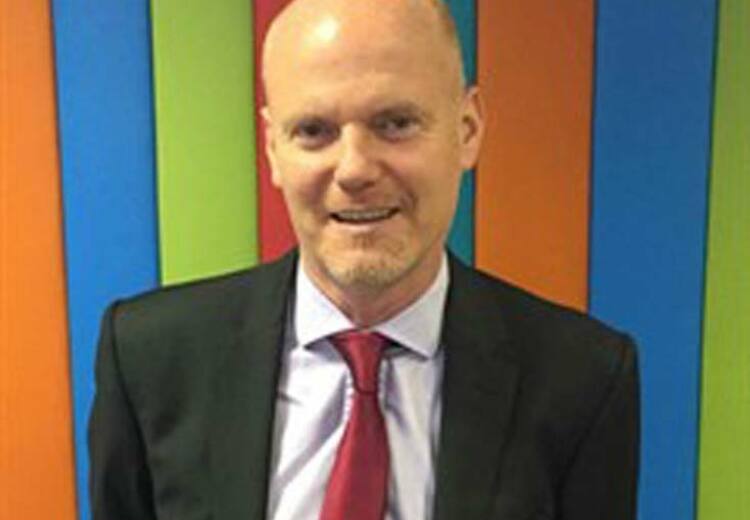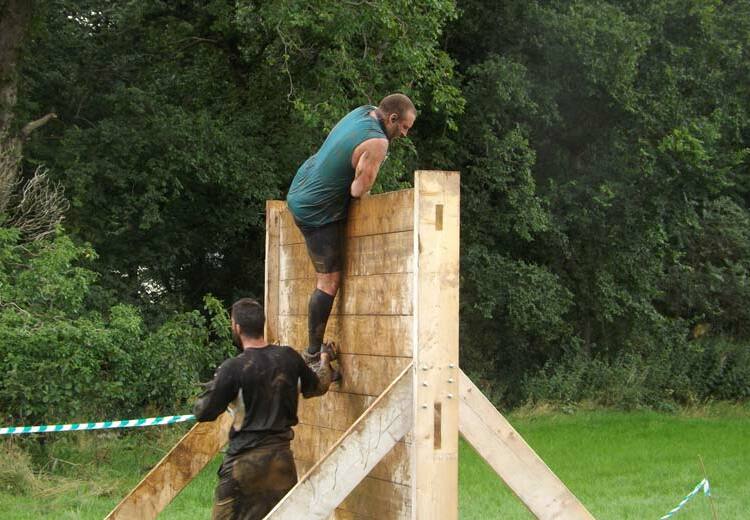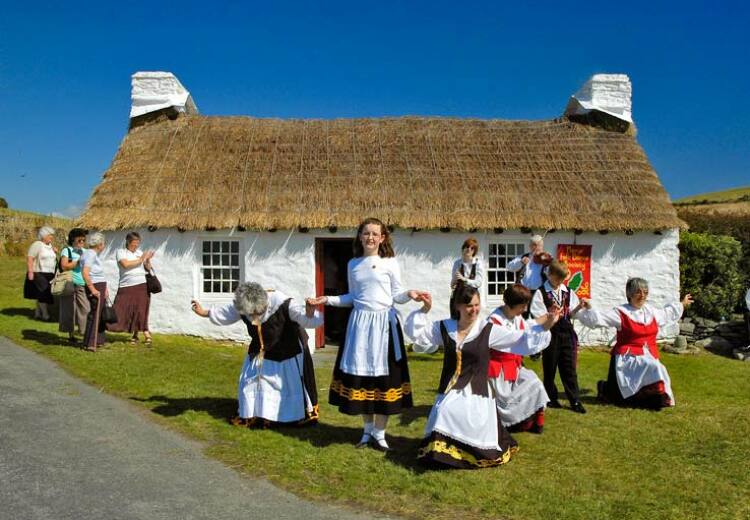FORTY people from the Isle of Man will receive purses from the Queen at the traditional `Maundy Thursday’ Royal service at Westminster Abbey in April in what is believed to be the first time a large group of Island residents has been invited to the ceremony in 300 years.
It follows an invitation from Buckingham Palace for the Isle of Man’s Lord Bishop, Robert Paterson, to invite 40 Island residents for the service on April 21st - the day before Good Friday and also the Queen’s 85th birthday.
A spokesman for the panel which selected the group of 40 said today, “This is a great honour for the Isle of Man as it’s the Queen’s 85th birthday and for the first time in many years it will be televised live. We’re not absolutely certain, but we believe it’s the first time a large group from the Isle of Man has been invited to the ceremony.”
The opportunity has been used by the Island’s church community to select the “unsung heroes” of the Manx community to attend the special service in London. A spokesman said today that the official written invitations from Buckingham Palace to the chosen people would be arriving on the Island no later than today (Thursday).
“A panel has been looking at this for some months until a list was eventually finalised. We wanted to use this opportunity to acknowledge the contribution of people on the Island who have not been previously recognised in the traditional honours system.”
The 40 names were forwarded to the Queen some weeks ago and each is being offered a small grant towards travel costs for the April ceremony. It has been left to the individuals to decide whether to make their invitations public - an official list will not be published.
It is understood that the Queen personally chose to ask groups of individuals to be nominated from the offshore jurisdictions and smaller islands in the British Isles.
Additionally, for those invited from the Isle of Man the Right Reverend Nigel McCulloch, Bishop of Manchester, will be leading a special meeting on Saturday March 12 at 10am in Peel Cathedral. Bishop Nigel will explain the history of the ceremony, what to expect and will answer any questions people may have. The event is open to anyone.
Every year The Queen traditionally presents a gift of money to elderly people at the Abbey or at a Cathedral. The ceremony takes place on Maundy Thursday in recognition of the humble service Jesus offered his disciples when he washed their feet at the Last Supper before his crucifixion.
The offer of specially minted money recognises people’s long and valuable service to their community and their church. The number of recipients is related to the Sovereign's age. There will be 85 male and 85 female recipients. This year they will come from the wider Abbey community and from the diocese of Sodor and Man and the diocese in Europe.
For many years the service was always held at Westminster Abbey but during Queen Elizabeth’s reign it was decided to move the ceremony around the country. The Abbey has hosted the Maundy service 14 times since 1952. The last occasion was in 2001. This year it will be televised live on BBC 1.
The British Monarch or a royal official has ceremoniously distributed small silver coins known as "Maundy money" since 1699 as symbolic alms to elderly recipients. The coins are legal tender but do not circulate because of their silver content and numismatic value. A small sum of ordinary money is also given in lieu of gifts of clothing and food that the sovereign once bestowed on Maundy recipients.
The name "Maundy" and the ceremony itself derive from an instruction, or mandatum of Jesus at the Last Supper that his followers should love one another. In the Middle Ages, English monarchs washed the feet of beggars as Jesus had, and presented gifts and money to the poor. Over time, additional money was substituted for the clothing and other items that had once been distributed.
Maundy money is struck in denominations of one penny, two pence, three pence and four pence. Until the 18th century the coins given were from the circulating coinage, and it was not until the latter half of the century that the four Maundy coins developed as distinct, non-circulating pieces.
The obverse design of the coins features the reigning monarch. The reverse, with a crowned numeral enclosed by a wreath, derives from a design first used during the reign of William and Mary, and which has been virtually unaltered since 1822. In most years there are fewer than 2,000 complete sets of Maundy money making them highly sought after by collectors.
Some of the content in this article is sourced from http://en.wikipedia.org/wiki/Royal_Maundy








